Japanese Akitainu
Akita, Japanese Akita
 akc
akc ankc
ankc ckc
ckc fci
fci nzkc
nzkc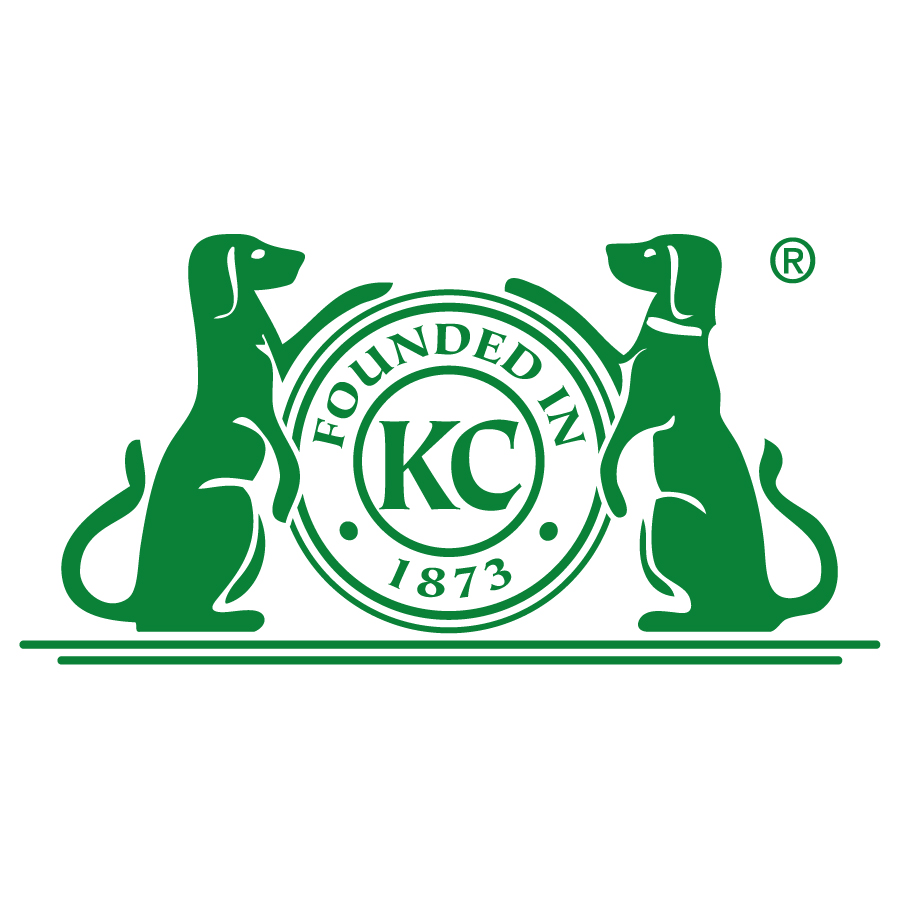 rkc
rkc ukc
ukc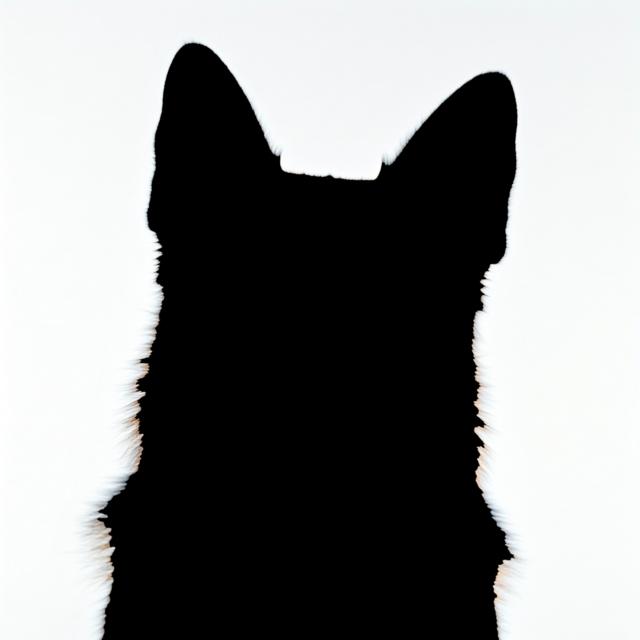
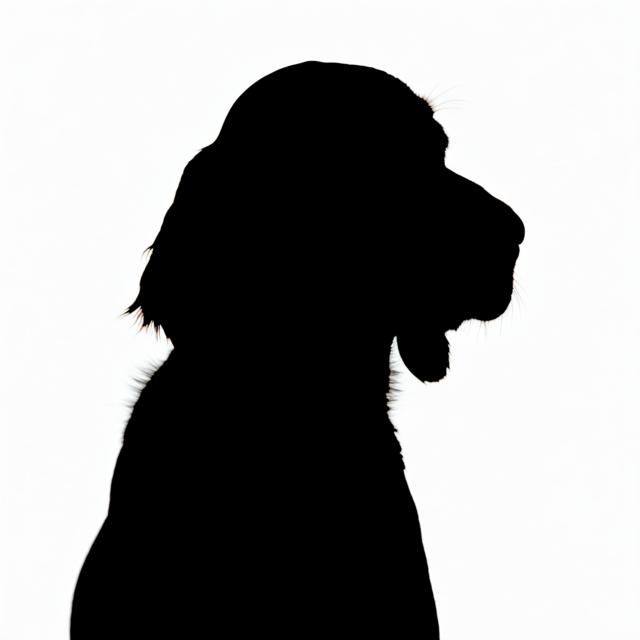
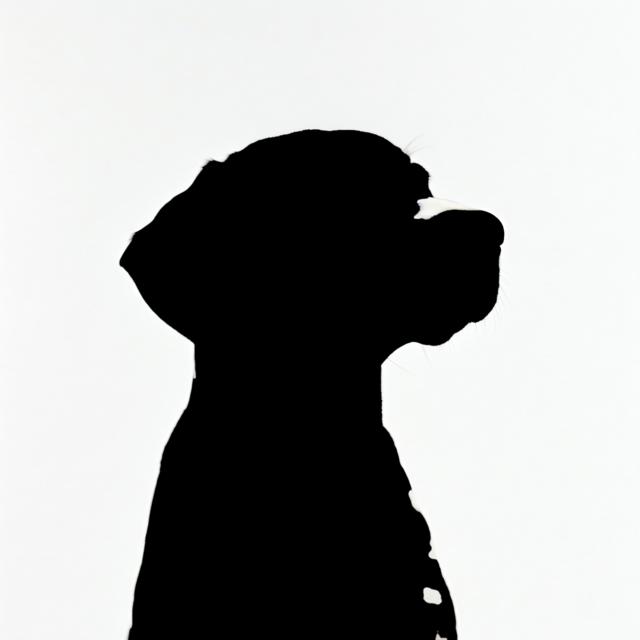
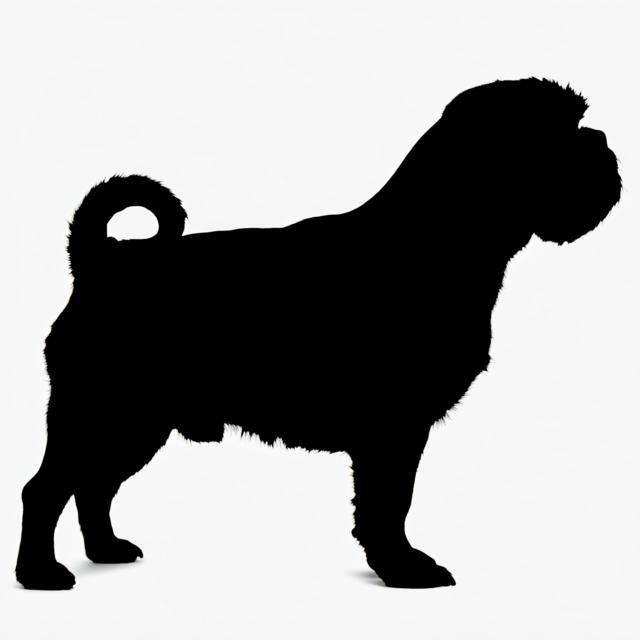
Summary
- The Japanese Akitainu is a large, dignified breed originally from Japan, known for its courage and loyalty. They require an experienced owner due to their independent nature and potential for aggression towards other dogs.
Origin and Purpose
- Developed in Japan for hunting large game, and later as guard dogs. Historically revered and used in dog fights.
Appearance
Dimensions
| Gender | Height | Weight |
|---|---|---|
| Female | 23 to 26 inches (58-66 cm) | 65 to 100 pounds (29-45 kg) |
| Male | 25 to 28 inches (64-71 cm) | 75 to 120 pounds (34-54 kg) |
Coat
| Attribute | Notes |
|---|---|
| Color |
|
| Type |
|
| Length |
|
Care
| Attribute | Notes |
|---|---|
| Shedding |
|
| Grooming |
|
| Drooling |
|
Body
| Attribute | Notes |
|---|---|
| Head |
|
| Skull |
|
| Ears |
|
| Eyes |
|
| Nose |
|
| Muzzle |
|
| Teeth |
|
| Neck |
|
| Forequarters |
|
| Fore Legs |
|
| Hindquarters |
|
| Hind Legs |
|
| Feet |
|
| Tail |
|
| Gait |
|
Temperament
- Courageous, dignified, loyal, and independent.
Social
| Attribute | Notes |
|---|---|
| Affectionate with Family |
|
| Good with Children |
|
| Good with Dogs |
|
| Good with Cats |
|
| Openness to Strangers |
|
| Playfulness Level |
|
| Protective Nature |
|
| Adaptability Level |
|
Working Roles
- Hunting large game, guarding, and companionship.
Exercise Needs
- Moderate; requires daily walks and mental stimulation.
Health
- Prone to hip dysplasia, elbow dysplasia, progressive retinal atrophy, bloat, and hypothyroidism. Also susceptible to immune and skin issues.
Additional Notes
- Requires a confident, experienced owner. Early socialization and training are crucial. Prone to same-sex aggression.